Stress urinary incontinence is a common condition in women, causing involuntary urine leakage during physical activity, often leading to embarrassment and reduced quality of life.
It is not a surprise that exercising frequently can bring a ton of health benefits to your body. Regular physical exercise, such as cardio and strength training, is known to help improve mental health, mood stability, physical health, reproductive health and more.
Having said that, did you know that certain exercises can, ironically, harm your health when done inappropriately? For example: intense core training. This type of exercise can elevate the risk of stress incontinence (involuntary urine leakage due to sudden pressure), which tends to be more common among female athletes than other females.
It’s not surprising if the above information is news to you. In Singapore, many urinary issues, while common, are rarely talked about. As an experienced female urology expert in Singapore, this is where Dr Fiona Wu comes in. Understanding the concerns women have surrounding bladder issues, Dr Wu is a strong champion for educating fellow females on their risk of urinary conditions and how to manage them. She is leading her own one-stop incontinence centre, AARE Urocare, to help female patients achieve optimal solutions for these treatable conditions that are not often discussed.
Understanding Stress Urinary Incontinence
When it comes to bladder disorders like urinary incontinence, they can stem from multiple causes. In females, stress urinary incontinence is the most common form.
Stress urinary incontinence occurs when weakened pelvic muscles are unable to manage sudden increases in abdominal pressure, resulting in urine leakage.
Urinary incontinence occurs when you are not able to control a urine leak. In particular, stress urinary incontinence (SUI) happens due to a sudden increase in intra-abdominal pressure that affects the urethra (thin tube that carries urine out of the body). This can be triggered by various activities such as sneezing, jumping or doing core exercises. In more severe cases, even simple movements like standing up from a seat can trigger a leak.
Unlike other types of urinary incontinence, stress incontinence occurs when the tissue supporting your urethra becomes weak. Specifically, the urethra is supported by the pelvic floor muscles. When these muscles weaken, they fail to effectively prevent urine leakage, especially during sudden increases in abdominal pressure.
In contrast, other types of urinary incontinence are usually caused by bladder dysfunction. including:
- Urge Incontinence (UI): Also known as an overactive bladder, this condition involves urine leakage due to involuntary bladder contractions.
- Overflow Incontinence: This occurs when the bladder cannot empty properly, often due to a blockage or nerve damage, leading to frequent dribbling or leakage.
Are Female Athletes More at Risk of Having SUI?
Studies suggest that females who engage in high-impact sports are more prone to developing stress urinary incontinence.
Multiple studies have found that a significant number of female athletes report experiencing stress incontinence. Notably, those who practise high-impact sports are linked with higher prevalence rates of SUI.
This is likely because sports, especially high-impact ones, introduce high intra-abdominal pressure that can weaken the pelvic floor muscles. This pressure may also cause structural and functional changes in ligaments and connective tissues, further compromising pelvic floor strength. While the resulting SUI may not be medically serious in mild cases, it can significantly lower one’s quality of life by causing embarrassment.
The Link Between Core Training and Bladder Control
We now know that SUI is possible when there are weak pelvic floor muscles. Dr Wu will next explain how core exercises can cause or exacerbate this condition.
How Core Exercises Affect the Pelvic Floor
Intense core exercises can weaken the pelvic floor muscles, compromising their ability to control urine flow and leading to leakage.
When we think of the “core”, we often picture highly defined abs on very fit individuals. In reality, the core is more than just abdominal muscles. It includes the diaphragm, glutes, and most importantly, the pelvic floor at its base. This entire muscle system works together to keep us stable and flexible during movement, especially while exercising.
Problems arise when we fail to engage the entire core system during workouts. Many people focus solely on bracing their abdominal cavity, which places excess strain on underused muscles like the pelvic floor. Over time, this can lead to stiffness and, eventually, muscle weakness that contributes to incontinence.
Common Core Exercises That May Trigger Stress Incontinence
Workouts that involve the abdomen often generate high intra-abdominal pressure which can strain the pelvic floor muscles when done incorrectly.
When done incorrectly, core exercises can potentially harm your pelvic health. That said, you shouldn’t avoid these exercises altogether – but it’s important to be mindful not to overstrain yourself and to consciously engage the correct muscles during dynamic movements such as:
- Sit-ups
- Crunches
- Squats
- Planks
- Heavy lifting
These exercises often generate high intra-abdominal pressure, which can strain the pelvic floor. If the pelvic muscles aren’t able to counter this downward force, involuntary leakage may occur.
Signs Your Workout Is Affecting Your Bladder
Symptoms of SUI can vary from mild to severe in different individuals. In mild cases, it may take some time to realise what is going on. However, if you often notice any of the following symptoms during or after your workout, you may want to schedule a visit to a female urologist in Singapore for a closer evaluation and prompt diagnosis:
- Leakage during physical exertion.
- Urinary urgency during or after a workout.
- Frequent urination post-exercise.
Prevention and Management: Protecting Your Pelvic Floor
Prevention is always better than cure. If you are wondering whether there are preventive methods for SUI, read on for tips from Dr Wu.
How to Modify Your Exercise Routine
To protect the pelvic floor during core exercises, it’s important to engage the pelvic floor muscles properly. This means engaging the core muscles and avoiding overexertion with movements that significantly increase pressure. You can manage this by opting for a modified version of core exercises and gradually increasing the workout level as you build core strength.
Practising proper breathing techniques by focusing on exhaling during exertion is equally important to reduce the excess pressure on the abdominal area. When in doubt, seek professional advice from an experienced personal trainer for guidance.
Pelvic Floor Muscle Training (PFMT)
Pelvic floor muscle training (PFMT), often referred to as Kegel exercises, can be beneficial for strengthening the muscles supporting the uterus, bladder and bowel. This, in turn, helps you to gain better control over the muscles that cause involuntary urine leaks when weakened.
In fact, a 2018 study titled “Pelvic floor muscle training versus no treatment, or inactive control treatments, for urinary incontinence in women” found that:
- Women with SUI were 8 times more likely to be cured after PMFT
- Women with SUI were 6 times more likely to be cured or see improvements after PMFT
- Women with SUI after PMFT see a reduction in leakage episodes per day
- Overall, women with SUI reported having an improved quality of life and are less likely to require further treatment.
Those looking to do PMFT should be sure to implement the proper techniques to reap the expected benefits. Keep in mind that you may need to do PMFT consistently for a few weeks or months before you will notice the benefits.
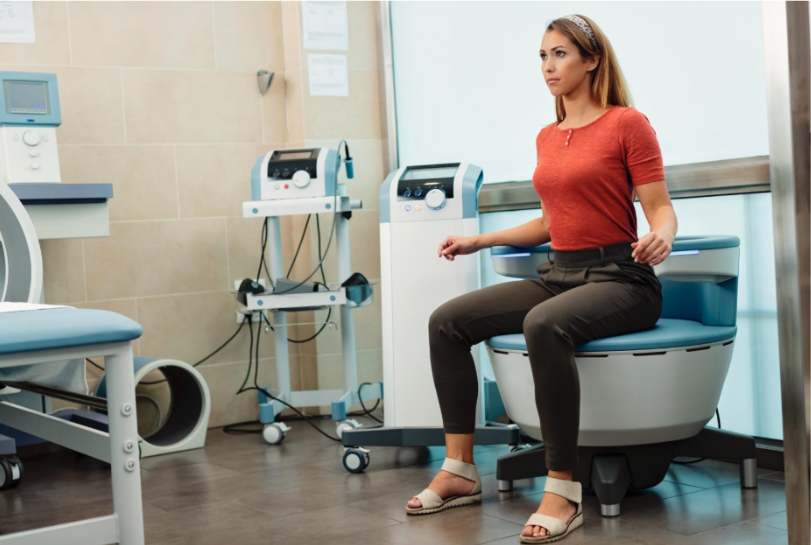 When to Seek Specialist Help from a Urologist in Singapore
When to Seek Specialist Help from a Urologist in Singapore
HIFEM is one of several minimally invasive treatments for urinary incontinence available in Singapore, helping patients improve their quality of life.
Experiencing incontinence can feel like an embarrassment, but it doesn’t need to be like that. In Singapore, urinary incontinence is widely treatable. If you experience urinary leaks during physical activity, visit a Urologist for a one-stop urinary incontinence treatment in Singapore. PRIME
References
- Dumoulin C, Cacciari LP, Hay‐Smith EJC. Pelvic floor muscle training versus no treatment, or inactive control treatments, for urinary incontinence in women. Cochrane Database Syst Rev. 2018;10(10):CD005654. doi:10.1002/14651858.CD005654.pub4
- No author listed. Exercising core muscles without damaging the pelvic floor. PeriCoach. Published June 24, 2016. Accessed May 3, 2025. https://www.pericoach.com/2016/06/24/exercising-core-muscles-without-damaging-pelvic-floor/
- Bø K, Borgen JS. Prevalence of stress and urge urinary incontinence in elite athletes and controls. Med Sci Sports Exerc. 2001;33(11):1797-1802. doi:10.1097/00005768-200111000-00001
- Nygaard IE, Shaw JM, Bardsley T, Egger MJ. Lifetime physical activity and female stress urinary incontinence. Am J Obstet Gynecol. 2015;213(1):40.e1-40.e10. doi:10.1016/j.ajog.2015.01.044
- Peiris CL, Shields N, Brusco NK. Physical activity–based interventions in hospitalised patients with a chronic disease: a systematic review and meta-analysis. J Sci Med Sport. 2021;24(4):355-364. doi:10.1016/j.jsams.2020.12.007
- Rebullido TR, Gómez-Tomás C, Faigenbaum AD, Chulvi-Medrano I. The Prevalence of Urinary Incontinence among Adolescent Female Athletes: A Systematic Review. Journal of Functional Morphology and Kinesiology. 2021; 6(1):12. https://doi.org/10.3390/jfmk6010012


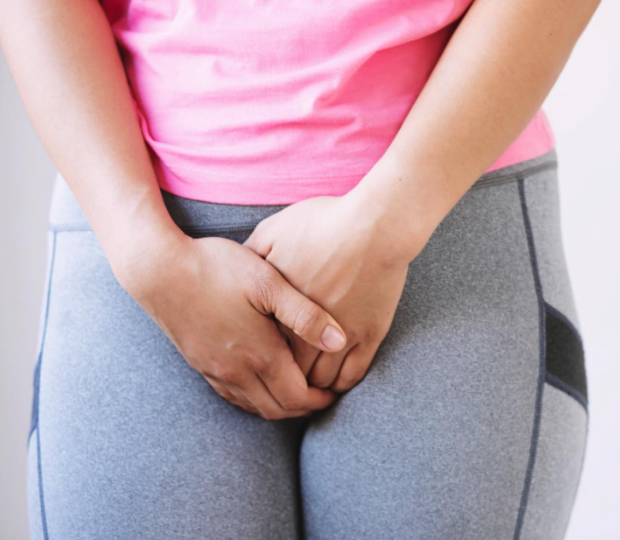
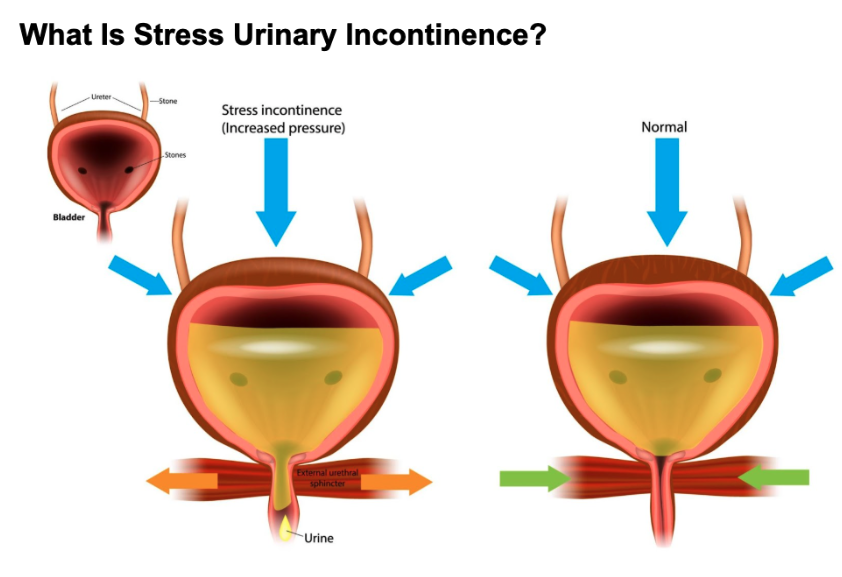

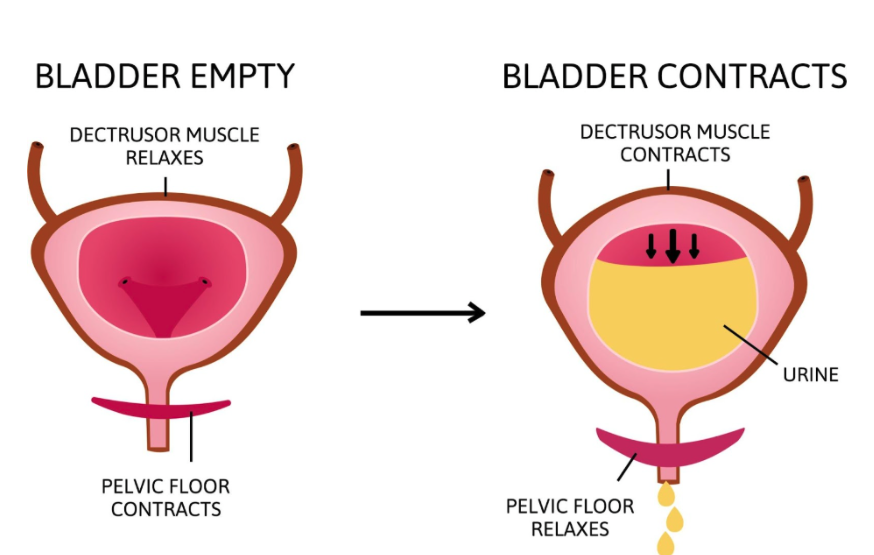
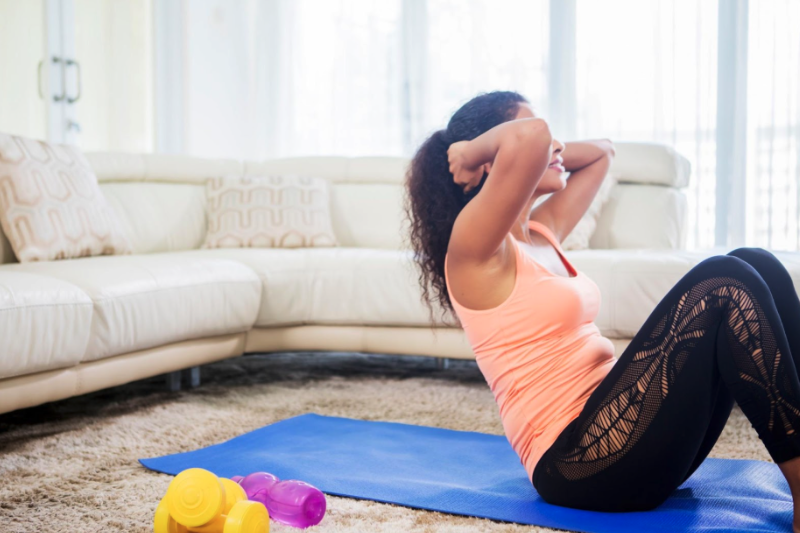











Leave A Comment